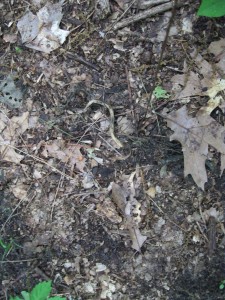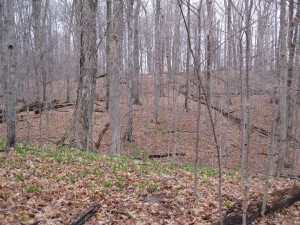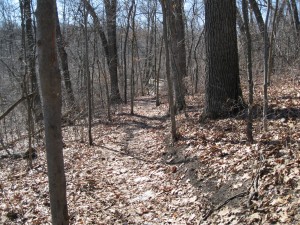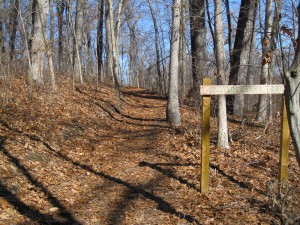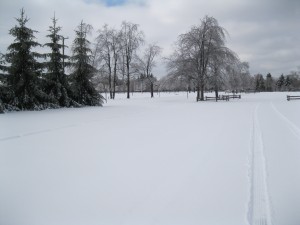At a time in southwest Michigan when protecting all our remaining natural lands and waters would make sense for human health and economic viability, threats continue.
This morning I received the message copied in boldface below from the Saugatuck Dunes Coastal Alliance. It is their updated look at the controversy involving the Lake Michigan sand dunes and beaches north of the mouth of the Kalamazoo River at Saugatuck, Allegan County, Michigan. Background information is available at the Alliance’s website . A December 2010 Wall Street Journal article, A Billionaire’s Dune Duel, is also informative. Some history, including the hope to have protected public lands from the Oval Beach north through Saugatuck State Park, is given at the website of the Concerned Citizens for Saugatuck State Park.
We want to take a moment to alert you to what is currently happening to defend local zoning in the Saugatuck area.
- On July 22nd the Saugatuck Township Board appeared to ignore four hours of testimony by many well-informed township residents asking them to consider all other possible solutions to the proposed settlement between Aubrey McClendon and Saugatuck Township to the on-going federal lawsuit. The Township Board unanimously passed the settlement.
- On July 29th three local groups – Saugatuck Dunes Coastal Alliance, Laketown Alliance for Neighborly Development and the Kalamazoo River Protection Association – file a request for Judge Maloney to hold a fairness hearing. A fairness hearing, which is common in many different types of cases that affect communities or large numbers of third-parties, is used to ensure consent decrees are fair, reasonable and legal, and in the public interest. Our belief is that the proposed consent decree does not meet these standards and should, therefore, be rejected by the court.
- On July 29th the National Trust for Historic Preservation also file a request for a fairness hearing. The National Trust is represented by Kalamazoo-based law firm Miller Canfield.
- On August 1st several Township residents who live close to the McClendon property also file papers requesting a fairness hearing. The neighbors are represented by Grand Rapids-based law firm Varnum.
- On Monday, August 8th additional neighbors, one of whom is completely surrounded by McClendon’s land, sign onto the request for a fairness hearing filed by Varnum.
We have taken this step (filing for a fairness hearing on July 29th) as we believe that this proposed consent decree is illegal because it circumvents local zoning laws, violates the State-mandated rezoning process, and blocks the Saugatuck Township Board’s oversight of the development.
To put it simply, the fundamental problem with the proposed settlement is that it includes provisions that neither Mr. McClendon nor the Township Board has the legal authority to do on their own. That is, they have overridden local zoning regulations without a proper process and they have approved a commercial development that is not permitted under current zoning and would also have not been permitted under the property’s previous zoning.
Under Michigan law, zoning ordinances should be based on the applicable master plan. The proposed consent decree, however, permits commercial-type uses that are clearly prohibited by the Township’s zoning ordinance and the Tri-Community Comprehensive Master Plan. It does this without any proper process or prior consultation with the Cities of Saugatuck and Douglas, the two other jurisdictions that participated in the development of this Master Plan. Additionally, under this settlement, the Township has contracted away its legislative powers now and in the future in violation of Michigan law.
Furthermore, the Township Board reached the decision to accept the settlement under duress. This proposed settlement is not a “compromise” as touted by the McClendon team. It is, in fact, a “take it or leave it” offer, made after the Township was forced to incur hundreds of thousands of dollars of legal expenses, and then threatened with never ending legal expenses in the future. Only then did the Township capitulate to Mr. McClendon’s demands.
We appreciate the pressure the Township Board has been under and the difficult decision they were faced with. But this settlement sets a dangerous precedent because it suggests that there is one set of rules for investors with deep pockets who are willing to threaten the Township with bankruptcy and another set of rules for everyone else.
With the various requests for a fairness hearing, the community is stating publicly and before the Court that this proposed consent decree is unfair and illegal and should be set aside by the court.
We understand that many in the community are concerned about the costs of further litigation and the unfortunate divisions that this development proposal has caused in our community. As a practical matter, we agree that a fair settlement should be negotiated. That is why we are also calling on the township to propose to Mr. McClendon a mediation process, such as proposed by former Senator Birkholz, in order to reach a fair and legal settlement. We understand that Mr. McClendon owns the property and has a right to develop it. We only ask that it be developed in a manner that is consistent local zoning laws.
Many of you are asking how you can help. Thank you! One important thing everyone can easily do is send this update out widely, post on facebook, and remind people that this issue is far from over.
Also, please keep repeating these three points:
1. The Coastal Allliance supports all property owners’ rights to develop their land legally and appropriately.
2. The Coastal Alliance supports locally determined zoning.
3. Aubrey McClendon sued Saugatuck Township to rewrite zoning laws. It’s worth noting that the Master Plan, from which these zoning laws originated, was unanimously approved by Saugatuck Township, Saugatuck City, and Douglas.
—Saugatuck Dunes Coastal Alliance P.O. Box 1013 , Saugatuck, MI 49453, (269) 857-1842, http://saugatuckdunescoastalalliance.com



